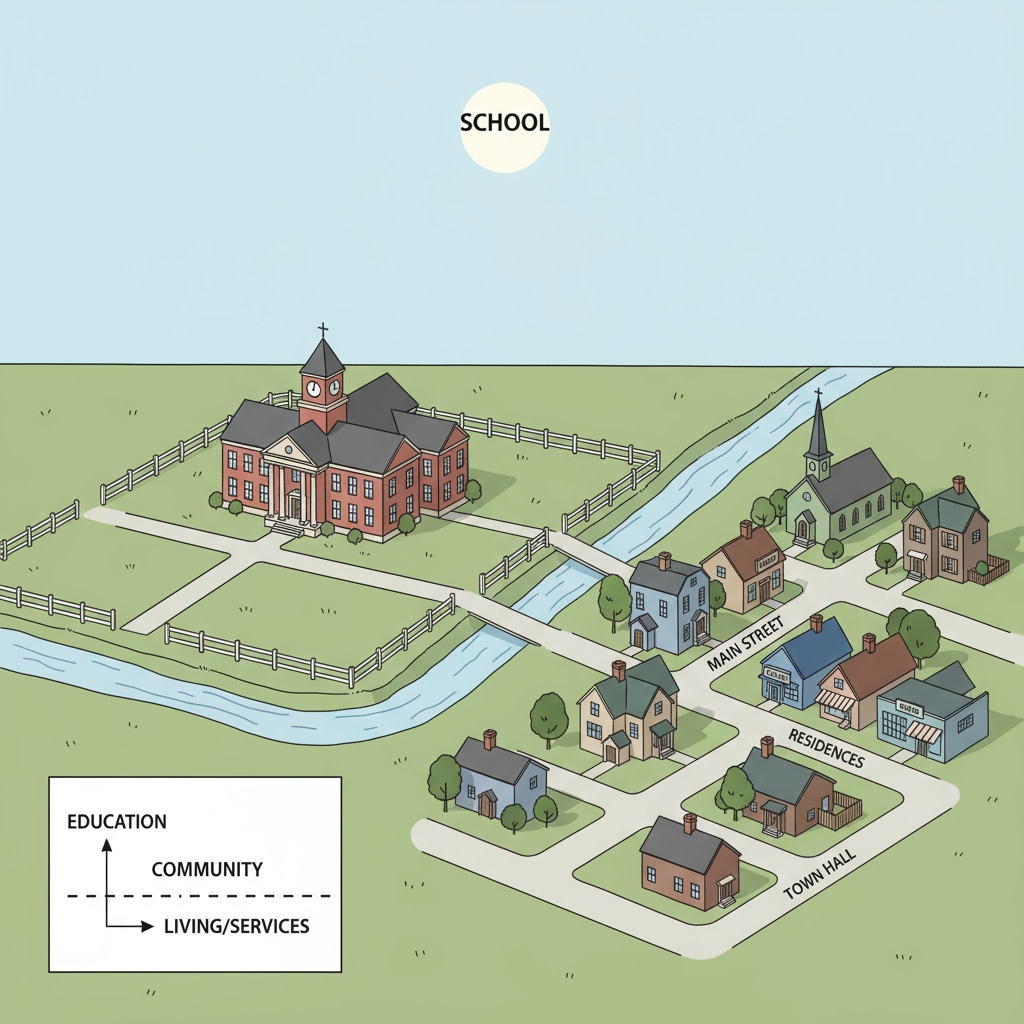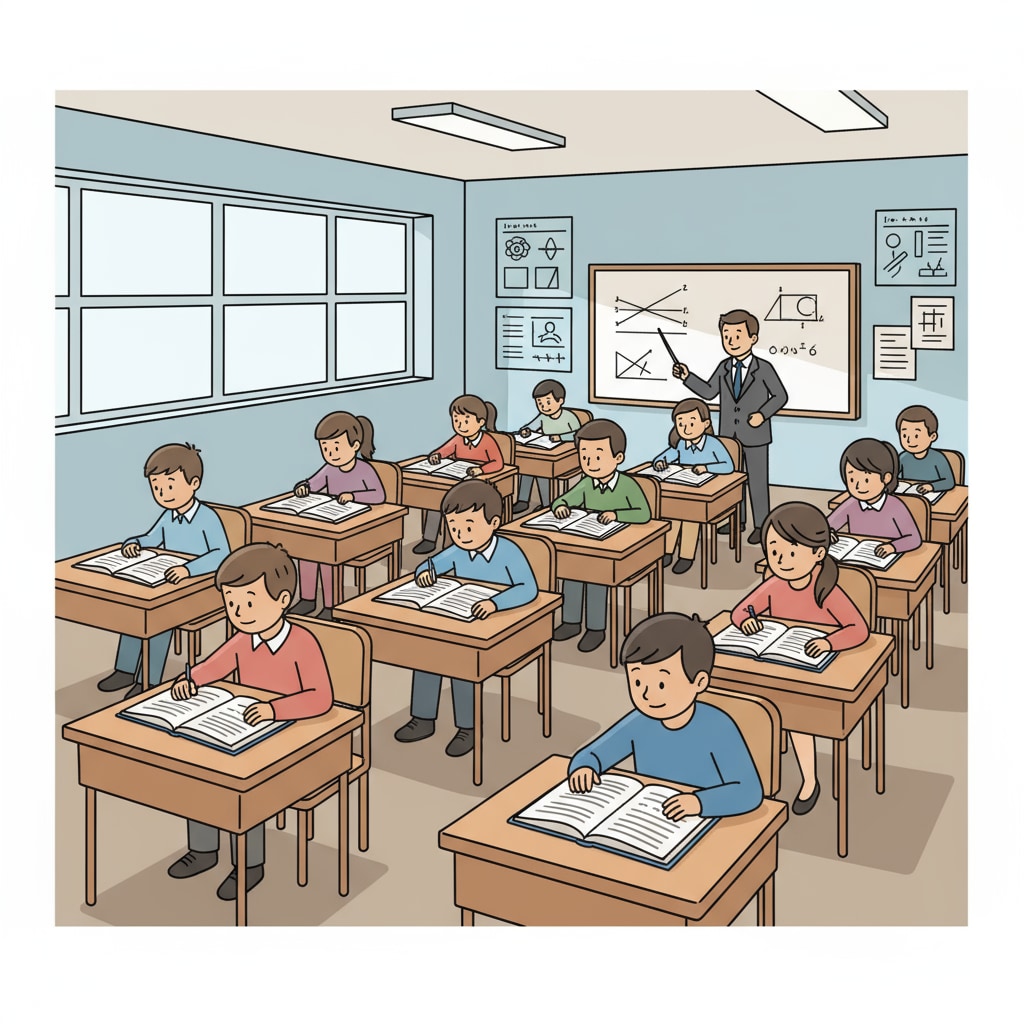In modern small towns, the issue of public schools, community separation, and youth programs has become increasingly prominent. The separation between the education system and community governance is creating a concerning situation. This “parallel running” model not only affects the development of local education but also has a negative impact on the growth of teenagers.

The Current State of Separation
Today, in many small towns, public schools seem to operate in isolation from the community. The educational activities within schools are often designed without sufficient input from the community. As a result, students lack a deep connection with the local community environment. For example, school curricula rarely incorporate local cultural elements or real-life community issues. This separation means that students are missing out on valuable learning opportunities that could enhance their understanding of the world around them.

Negative Impacts on Youth Development
This separation has a significant impact on youth programs. Without community support and participation, these programs often lack the resources and practical context they need. Teenagers are not able to fully develop their social skills, as they have fewer opportunities to interact with different members of the community. Moreover, the lack of connection between education and the community can lead to a sense of disengagement among students. They may not see the relevance of what they are learning in school to their real lives in the community, which can affect their motivation to learn.
Readability guidance: Each of these paragraphs presents a clear idea related to the separation and its impacts. Transition words like “as a result” and “moreover” are used to show the relationships between different points. The sentences are of appropriate length, and the language is kept simple and easy to understand.
Rebuilding the Collaboration Bridge
To address this issue, it is essential to rebuild the collaboration mechanism between education and the community. Community members should be actively involved in school decision-making processes. This could include parents, local business owners, and community organizations. By working together, they can design youth programs that are more in line with the needs of the community and the development of students. For instance, local businesses can provide internships or real-world projects for students, while community organizations can offer cultural and educational activities. Additionally, schools can open their facilities to the community, creating a more inclusive environment. Community-based education on Wikipedia provides more insights into successful models of community and education collaboration. Community development on Britannica also offers useful information on how to strengthen community bonds for educational purposes.
In conclusion, the separation between small town education systems and community governance is a problem that needs to be addressed. By recognizing the importance of integrating public schools, communities, and youth programs, we can create a more beneficial environment for the growth and development of teenagers in small towns.


